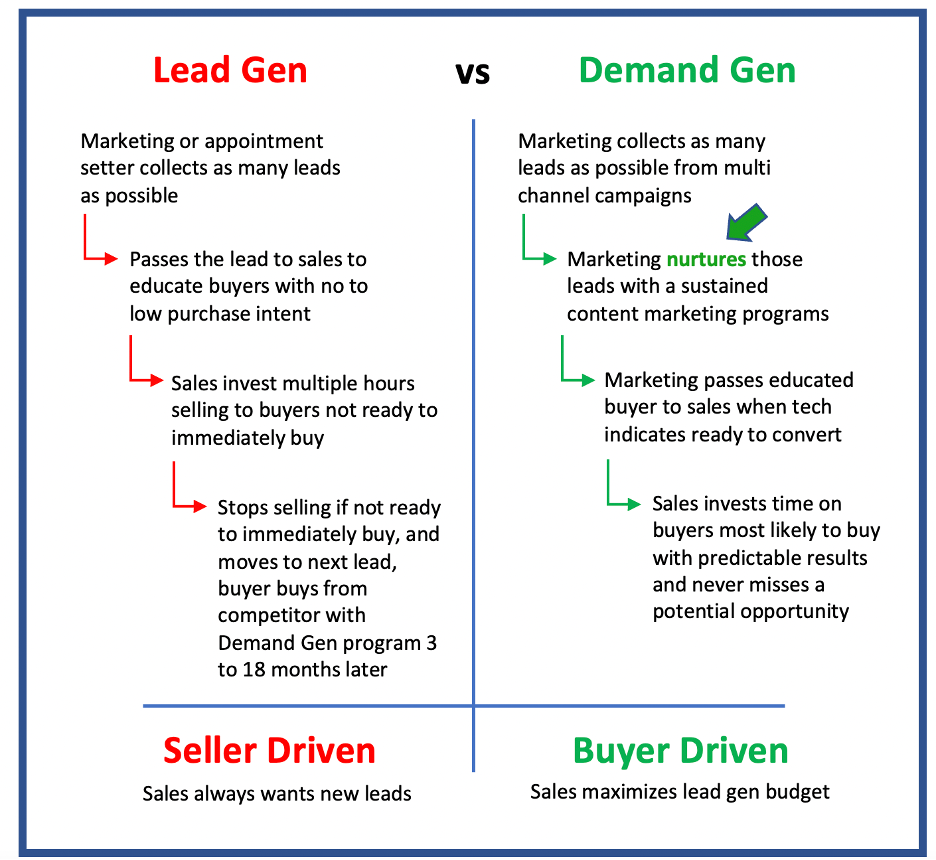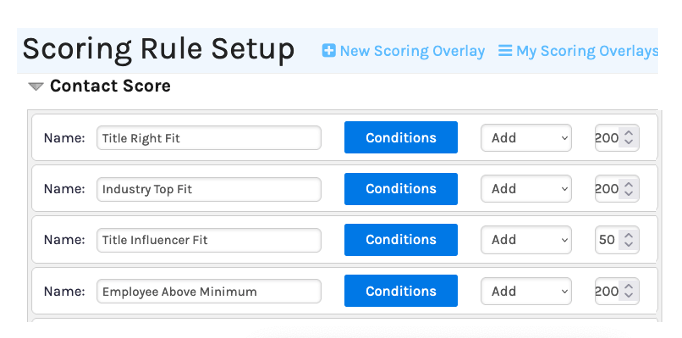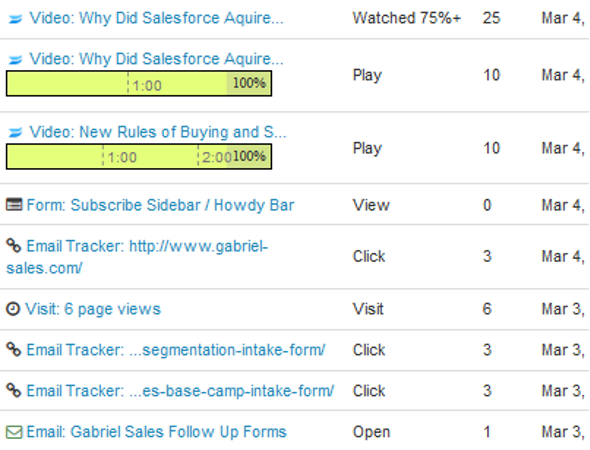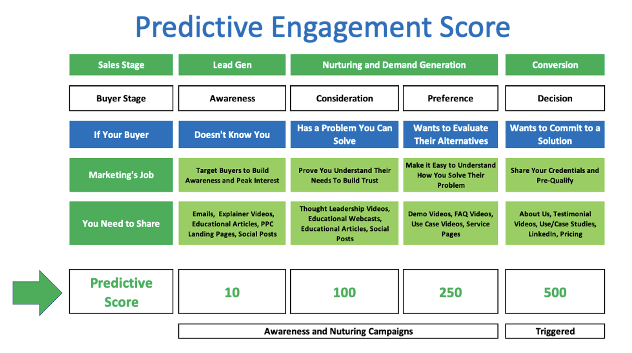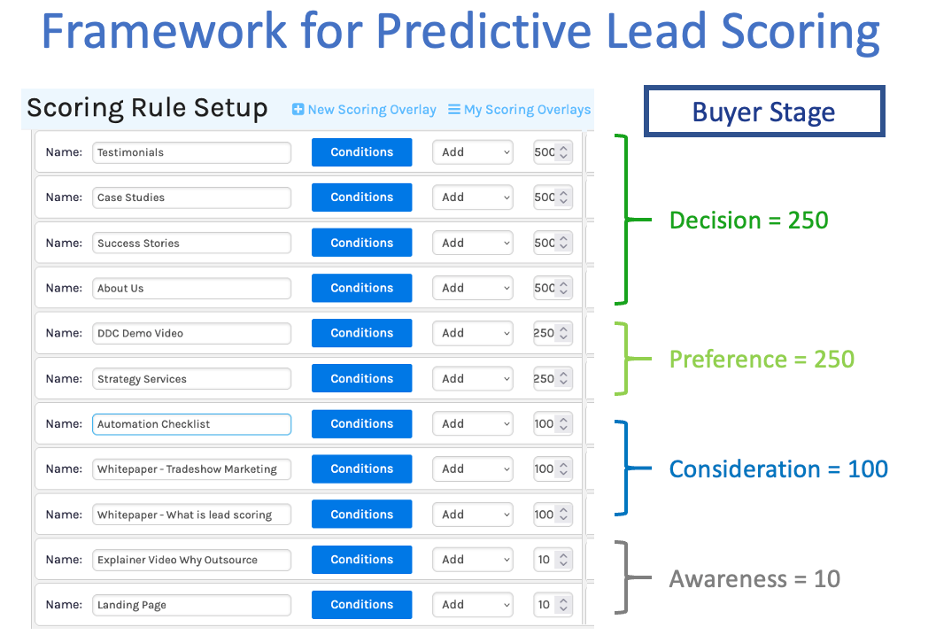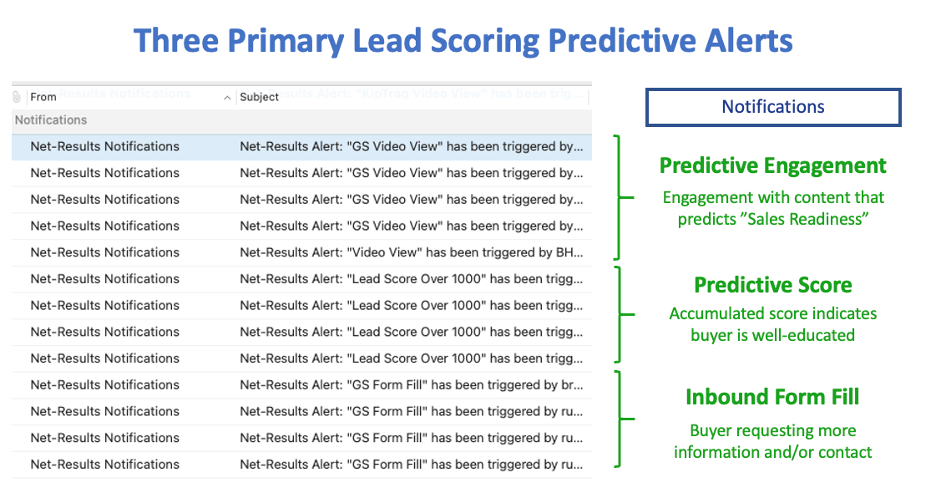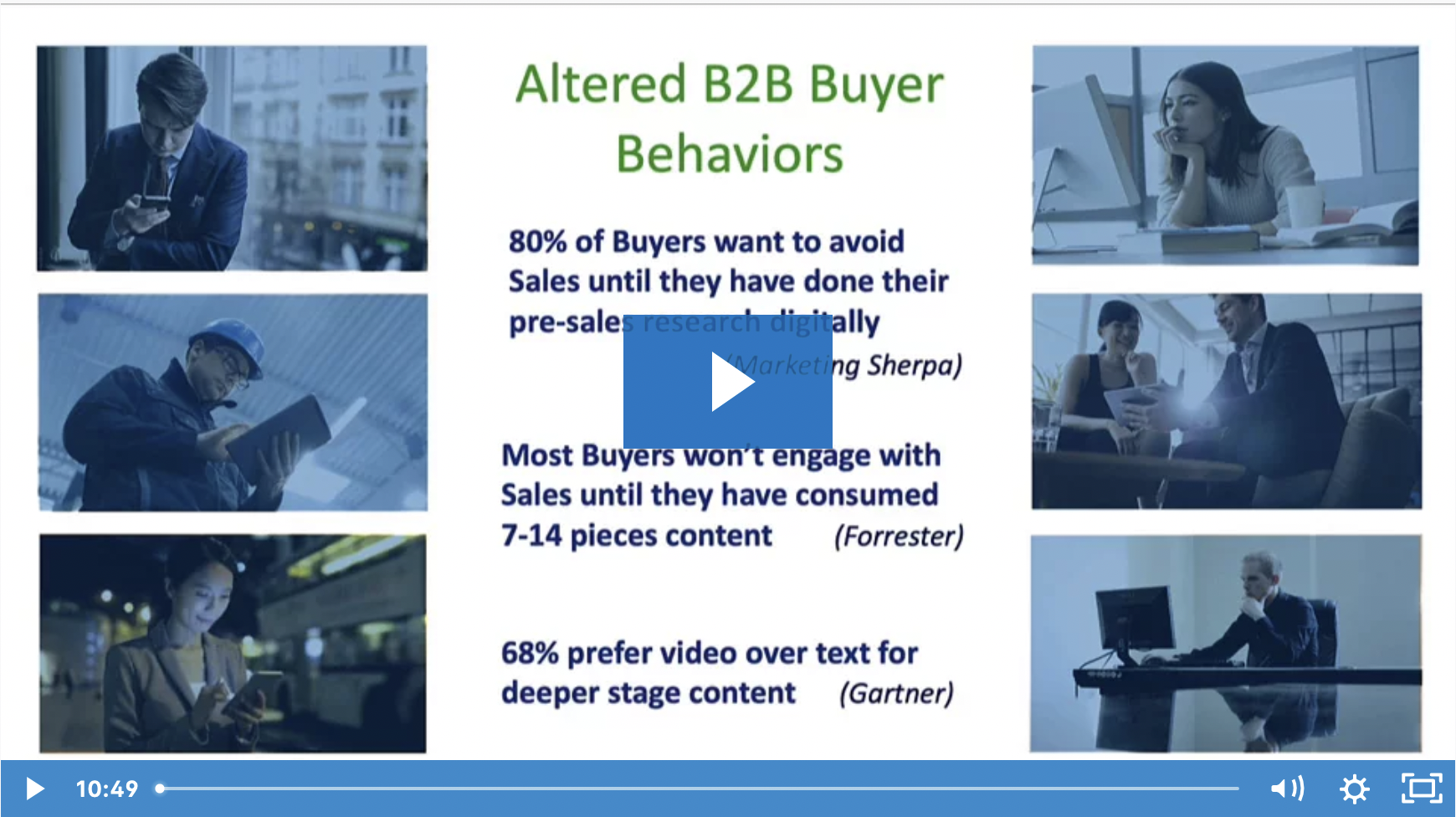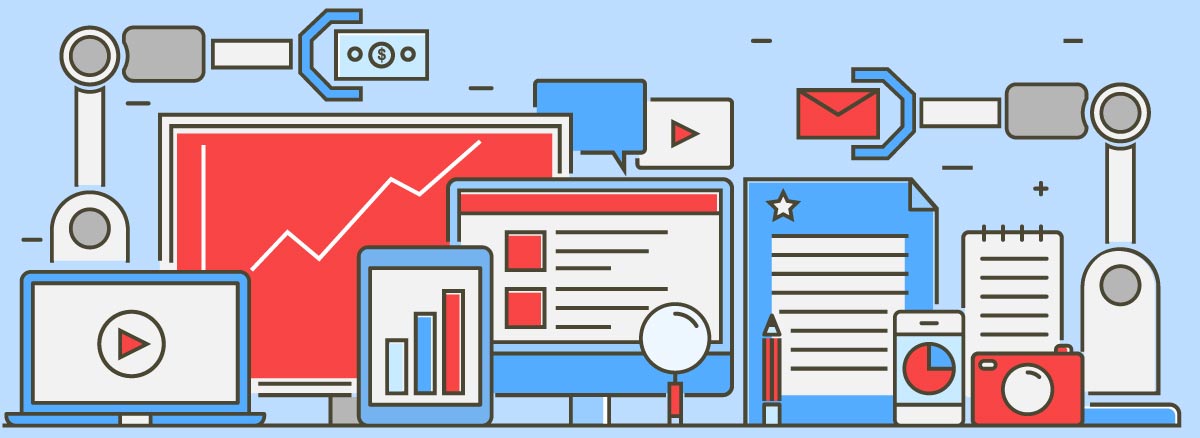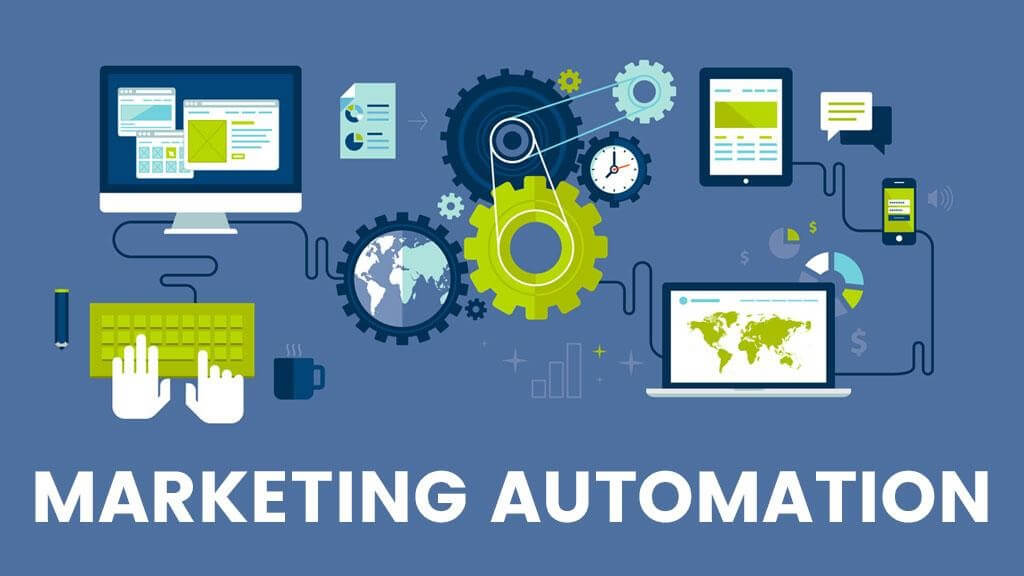
Seven Trends For Lead Nurturing
What’s Are the Seven Things You Need to Know About Lead Nurturing for Successful B2B Sales and Marketing Operations?
The world of sales and marketing is transforming at an unprecedented rate. This change is being driven the B2B Buyer’s desire for a Digital First sales process. This article will discuss the seven trends for lead nurturing and B2B demand generation every business owner should know to help their business thrive.

This shift in B2B Buyer’s desires has caused businesses of all shapes and sizes to rethink how to sell more effectively. And the Fortune 500 moved to meet the Buyer’s desires first. To address this new set of expectations, Enterprise companies took responsibility for pre-sales education away from the traditional role/responsibility of the sales development rep and passed that accountability to the marketing operations team.
This change is so rapid, that according to a recent Adobe research project, 82% of marketing professionals overwhelming agree that marketing has changed more in the past two years than in the past 50. And 89% to 92% of these same marketers agree on three other facts as they take on these new pre-sales education responsibilities:
- You need to focus on digital education first
- Marketing operations needs to educate Buyers much deeper in their buying process
- Marketers will need to keep learning on the job as new trends and patterns emerge
Smart Decisions Require Understanding the Modern B2B Buyers’ New Behaviors
In this current environment, it’s difficult enough for even the most skilled marketers to keep up with all these changes. As a result, business owners and sales professionals are at even greater disadvantage. Most sales professionals are confused and struggle how to most effectively fill their sales funnel with well-educated Buyers in the short term while making critical long term strategic marketing and sales operations decisions that will allow them to thrive in the long term.
Fortunately, for today’s small and mid-sized businesses owners, we now finally have a great deal of information about what these new Buyers want from Sellers, expect from Sellers and how these Buyer’s behave when their needs are met.
And – after launching over 150 successful sales and marketing automation implementations and sales and marketing ops teams – there are two things we know about business owners and entrepreneurs.
- First – once business owners understand the needs of their Buyers, they know how to meet the needs of their Buyer.
- Second – once business owners are armed with the right information and insights, most can make smarter growth decisions quickly and can prioritize their budgets intelligently.
With both of these facts in mind, we wanted to share the most recent information on how the Digital First Transformation has permanently altered Buyer behavior. And why the Modern Buyer prefer.
The B2B Digital-First Sales and Marketing Trends Everyone Needs to Know and Address
One – Most Buyers Start Their Digital Education Months or Years Before They Are Ready to Buy
First, most Buyers are not ready to buy when they first start their digital education. Initially, most Buyers are just trying to figure out how to solve a problem. According to the most recent research by Aberdeen Research, less than 2% of initial email opens are close to being ready to buy. And even more surprisingly, less than 20% of your pay per click or SEO leads are active Buyers.
On the negative side, this means ad hoc lead gen campaigns, awareness campaigns and appointment setting campaigns have lost a great deal of their effectiveness and impact.
But the positive fact is that about 80% of all these early-stage leads, we call them “Marketing Qualified Leads” (MQLs) will spend money within 3 to 18 months. So once a lead engages with you, even if they are not ready to buy immediately, you will have a short list of Buyers:
- That you know will be spending money within the next 3 month to 18 months
- That expect and want you to educate and nurture them for an extended period of time
You know these future Buyers are receptive to your thought leadership. You know that some will welcome your support as you help them move systematically through their buying process.
Two – Buyers Don’t Really Want to Talk to Sales Reps Until They Are Digitally Educated (And Ready to Shortlist)
According to Forrester, your typical Buyer now consumes 7-15 pieces of digital content prior to engaging with a sales rep. And they do this with 3 to 5 different solution providers. And as noted in the intro of this article:
- 80% of Buyers want to delay dealing with Sales Reps until they have completed their initial research and are ready to short list for a decision. (Marketing Sherpa)
- 62% will try and reach a decision without talking to sales rep, if possible. (Content Marketing Institute)
- And in 2022 33% to 44% want to avoid a sales rep completely, if possible. (Merkle B2B Study)
This further impacts the long-term effectiveness of ad hoc lead gen campaigns and means nurturing your later stage funnel is now required for Digital First success.
Three – Buyers Rarely Short List Sellers Without Sustained Lead Nurturing and Digital Pre-Sales Education

As Gartner’s latest survey and chart above clearly details, “Content is King”. This now applies to the entire sales funnel. Success now requires Sellers to continue to market the entire funnel after the lead has been generated. This means you need to use content marketing tactics through the pre-sales process because this pre-sales process is now often happening without the direct involvement of your Sales Development Rep.
This nurturing process is no longer optional because according to the 2022 Demand Gen Report, 95% of Buyers short list a solution provider that “Provides them with ample content to help navigate through each stage of the buying process”.
If your content marketing campaigns don’t move beyond the appointment setting and lead gen stage, it will be exceedingly difficult to survive and you will have little chance to thrive in the near future.
Four – Buyers Overwhelming Prefer Video and the Trend is Accelerating
During the pandemic lock downs, with face-to-face meetings impossible to execute and with Buyers moving to home offices (and with direct lines typically going straight to voice mail), video adoption was an experience all B2B Buyers and Sellers shared during the pandemic.
Zoom normalized video for all of us. It also normalized video adoption for pre-sales education. According to both Wistia and Vimeo, downloads jumped by 380% in 2020. And if you thought this adoption would slow down exiting the pandemic, you would be wrong. In the first quarter of 2022, video consumption increased by another 148%. Video is growing because video works.
- Video is more convenient for the Buyer – 64% of Buyers stated they prefer video because its more convenient for education. (Gartner)
- Video drives better engagement – Video posts have the highest engagement in Social Media (AdWeek) and using video in the email subject line, boosts open rates by 19% and increases click through rates by 65%. (Pardot)
- Video is preferred over text when exploring solutions – Given the choice between text and video, 75% of Buyers will choose video to learn more about a solution. (Hubspot)
And according Vidyard and Vimeo, this shift to video is going to continue to accelerate in 2022 and 2023.
- In 2022 80% of the Fortune 500 is moving towards internal vs. external production.
- Video is being used later in the sales funnel, with the average video created coming in at 9 minutes and 48 seconds in length.
- And the average company that has been using video as part of their nurturing process is planning to double to triple their use of video in 2023.
To learn more about how to leverage video as part of your sales and marketing operation check out our two articles – Six Important Videos to Fill Your Sales Funnel with Sales Ready Leads and What Videos Are Most Effective B2B Lead Scoring and Sales Automation.
Five – Buyers Reward Sellers Committed to Digital First Lead Gen, Pre-Sales Education and Lead Nurturing
B2B Buyers are already dramatically rewarding Sellers for a Digital First sales and nurturing process:
Sellers have more opportunities to do business – Businesses that implement a content workflow and use marketing automation to nurture prospects, experience a 451% increase in qualified leads in 9 to 18 months. (ANNUITAS Group)
Sellers win more business – 95% of Buyers chose a solution provider that “Provided them with ample content to help navigate through each stage of the buying process.” (DemandGen Report)
Sellers win more business more frequently – You are 2X as likely to win business over your competitor if you provide a substantive digital education experience for your prospects throughout their buying process. (McKinsey)
The Impact of Lead Nurturing vs. Lead Gen on Your Business (Watch Time 4:00 Min)
Watch this 4 minute video to learn what the sales impact is of an effective lead nurturing and demand gen engine
Six – Enterprise Companies are All In on Digital First
According to McKinsey’s survey, “The Future of Sales”, close to 9 in 10 enterprise companies confirmed that the new Digital First go-to-market sales practice was going to be a fixture of their business moving forward. And 85% stated they were going to stay committed to this process throughout 2023 and beyond.
They are committed to this process because it works; i.e., it meets the desires of their Buyers.

And they plan to accelerate the adoption of this Digital First process by their Buyers because they are planning on almost doubling their spend over the next 4 years.

Seven – This Will All Lead to Pre-Sales Automation
Among the important trends for lead nurturing is the combination of B2B Buyers preference for Digital First pre-sales education over speaking with a sales rep, combined with the success of this process, and the investment being made by the Fortune 500 is why:
“Gartner’s Future of Sales research shows that by 2025, 80% of B2B sales interactions between Suppliers and Buyers will be automated and occur in digital channels”
Conclusion
Replacing your historical sale rep driven process and ad hoc lead gen tactics with a comprehensive content marketing strategy and nurturing process is not an “if” decision – it’s a “when” decision. The B2B Buyer and the Enterprise market are both driving towards Sales Automation and the cost savings that this shift will represent.
Many small businesses, young companies, mid-size companies, and even under-resourced sales and marketing groups are struggling to keep up with this Digital First transformation. Many have an initial lead gen program in place, but that program is not producing the results it used to, or it’s not producing to expectations.
In many cases, SMBs struggle to craft a solid strategy deeper into the funnel, or they’re flying blind with a scattershot strategy. They lack the bandwidth to make informed decisions around the right marketing and sales tech to leverage. They lack the talent and resources to create quality content on a consistent basis, or they lack the time or can’t afford to assemble an experienced team of proven sales and marketing operation experts that are required to run a sales engagement engine consistently. To learn even more about the advantages of outsourcing you lead nurturing and demand generation process you can read Why Outsource Demand Generation and Lead Nurturing.
When you’re ready, we have developed Digital Demand Center™ , a turnkey solution designed specifically for SMBs that turns the Digital First Transformation into an opportunity for SMB Sellers to survive and thrive.
How it Works – Turnkey Lead Nurturing and Demand Gen with Digital Demand Center
(Watch Time – 5:00 Minutes) – Quick overview of how a our turnkey demand generation engine fill your CRM with well educated sales ready leads.
If you feel like you would like a much deeper crash course on all challenges and tactics required for success, we invite you to check out our Educational Video Series on The Digital First Transformation.



